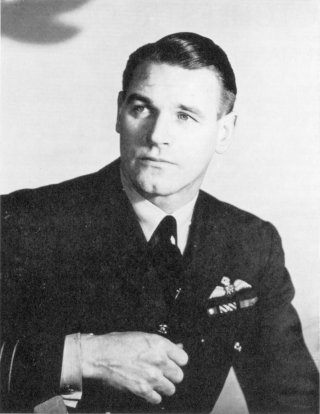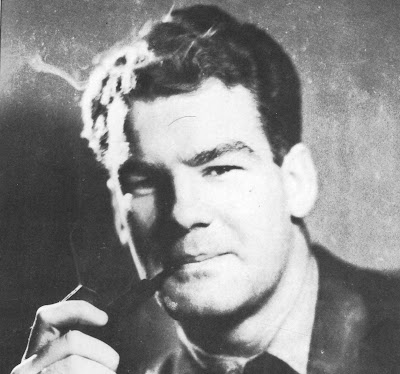One of Britain's best aces
The air aces of the two World Wars were the swashbuckling heroes of the 20th century, and among this elite, Robert Stanford Tuck was a perfect fit for an adventurous bill. Debonair. handsome, keen-eyed, with a glint of ruthlessness in his gaze. Tuck looked every inch the part. A marksman of extraordinary skill and accuracy, a fighter of ice-cool nerve who favoured attacking his prey head on, Tuck was a master of aerobatics and superlatively well equipped to perform the feats which the perilous business of aerial combat made necessary. As tangible proof of his daring, he won a DSO and a DFC with two bars. He also possessed the luck of the daredevil. His shaves with death were so close that they became the stuff of RAF legend. Tuck carried about with him dramatic proof of 'Tuck's Luck' in the bent coin which once stopped a German bullet from killing him.
Robert Roland Stanford Tuck was born on July 1st 1916 at Catford, London. After leaving St. Dunstan’s College, Reading in 1932 he became a sea cadet before joining the RAF in 1935 with a posting to 3 FTS (Flight Training School) at Grantham. Tuck then joined 65 Squadron in September 1935 until May 1940 when he was posted to 92 Squadron, based at Croydon, as a Flight Commander.
In a record of survival that has rarely been equalled, Tuck came home after being shot down four times, being involved in two collisions, crash landing, baling out of blazing planes and dropping into the sea. On one occasion, Tuck baled out at under 1,000ft (305 metres) and instead of smashing himself to death on impact, suffered only a wrenched leg. A week later, he made a belly landing on top of some cliffs after an encounter over the Bristol Channel.
Tuck embarked on his combat career during the Battle of France, on 23rd May 1940, when he began as he clearly meant to go on by shooting down his first five German aircraft in 24 hours. Later, in the Battle of Britain, which, like numerous RAF fighter pilots, made him jubilant headline material, Tuck flew Spitfires and Hurricanes to score another 10 1/2 victories.
By February 1941, Tuck's score had risen to 27 and his final total of 29 would certainly have been higher had he not been brought down in January 1942 and captured. As a chronic escaper, he was assigned to Stalag Luft III at Sagan, and was a member of the "X" organization under squadron Leader Bushnell, who had been Tuck's Commanding officer at the war's start. He missed out on escaping during the great escape, but had to be physically restrained when he learned Bushnell and 49 others were murdered by the Gestapo after the escape.
'Immortal Tuck' or 'The Man They Couldn't Keep Down' as he was also nicknamed, escaped from prison camp in 1945 and returned to England by way of Moscow and Odessa.
With the war now over, he received his final decoration, a DFC (US Air Force) on June 14th 1946, before he finally retired from the RAF and active service on May 13th 1949 as a Wing Commander.
Robert Stanford Tuck died on May 5th 1987 at the age of 70.*
*Article courtesy of FFZ, all rights reserved, used with permission



